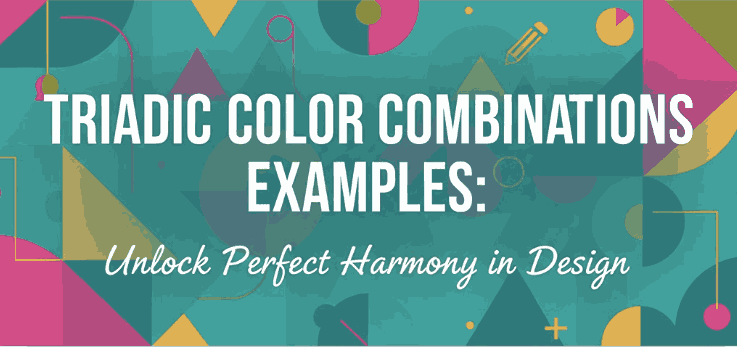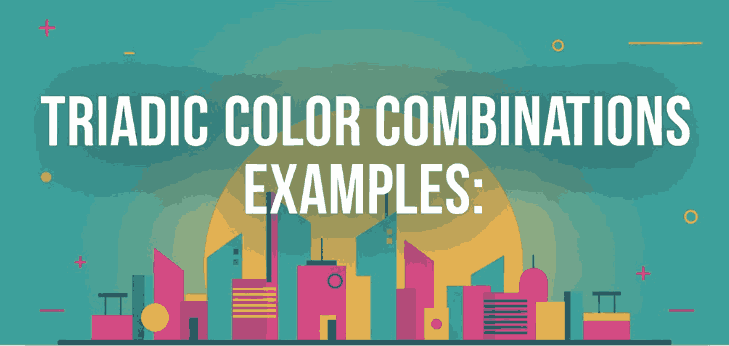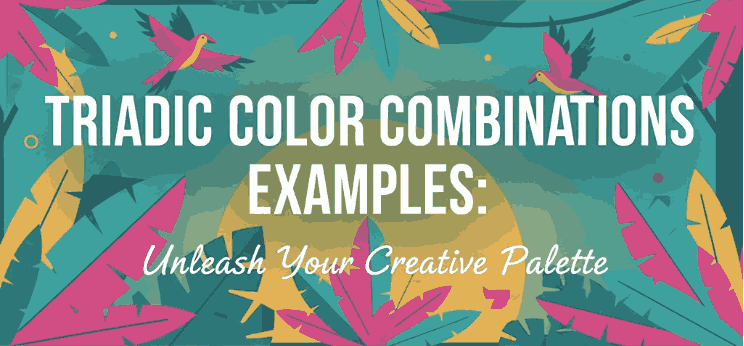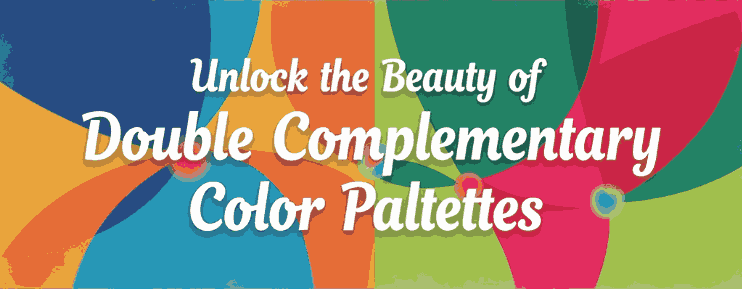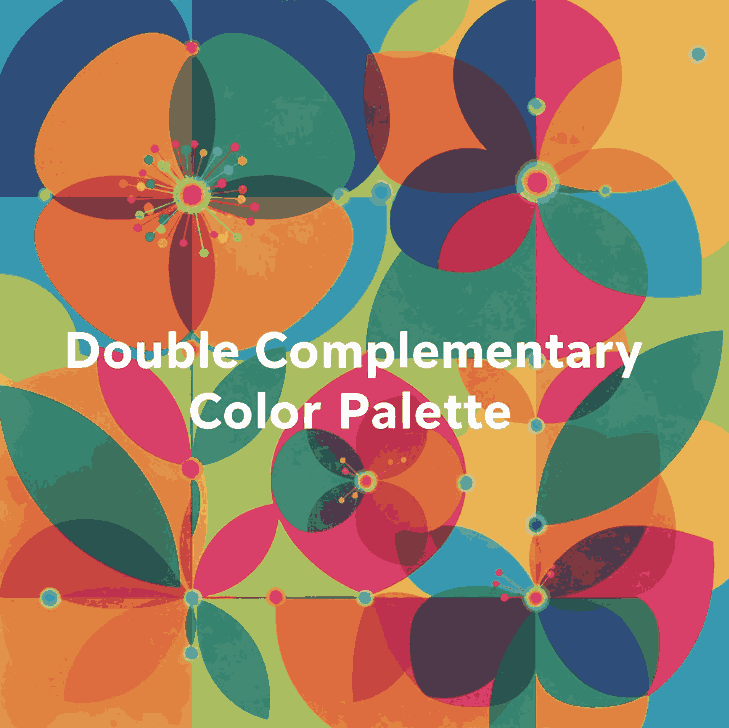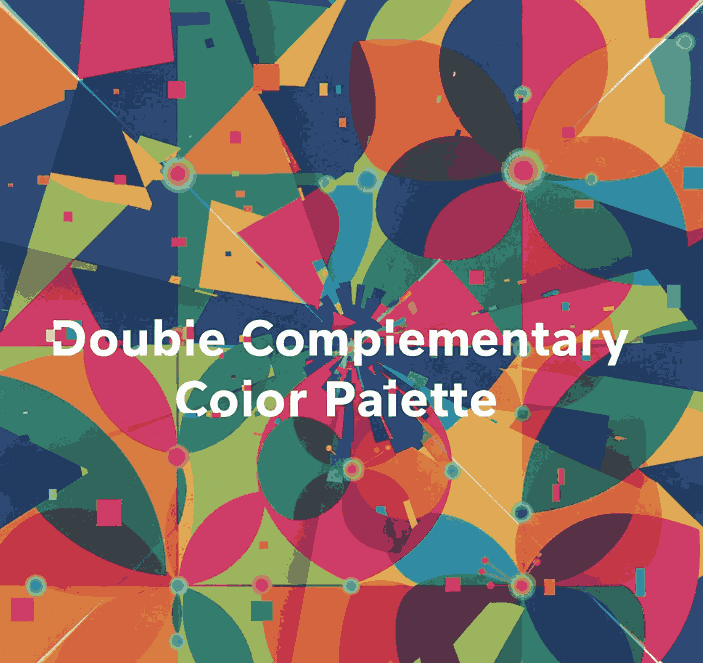
Table of Contents
- Introduction
- What Is the Analogous Colors Definition?
- Why Analogous Schemes Create Visual Harmony
- Common Analogous Color Combinations & Examples
- Best Practices: Using Analogous Colors in Design
- Applying Analogous Palettes in Typography & Mockups
- Font Mockup Examples from Your Collection
- Tools & Tips to Create & Test Analogous Palettes
- Pitfalls to Avoid
- Conclusion & Next Steps
- References
1. Introduction
Color is one of the foundational building blocks of design. How you pick and combine hues determines mood, readability, cohesion, and emotional impact. Among the many color harmony techniques, Analogous Colors Definition schemes stand out for their subtle beauty and natural feel.
In this article, we’ll explore the Analogous Colors Definition, show you examples, and reveal how to use them effectively—especially in your font mockups, branding visuals, and creative assets.
2. What Is the Analogous Colors Definition?
The analogous colors definition refers to a set of colors that are adjacent to each other on the color wheel. In most applications, an analogous scheme consists of three hues: a base (dominant) color, and one or two supporting (neighbor) colors.
These neighboring hues share similar undertones, which gives analogous palettes a smooth, harmonious, and unified appearance—unlike complementary schemes, which emphasize high contrast.
For example:
- Blue, blue-green, and green
- Red, red-orange, and orange
- Yellow, yellow-green, and green
In digital design, you can tweak saturation, brightness, or tone of these colors to achieve more depth and contrast.

3. Why Analogous Schemes Create Visual Harmony
Analogous color schemes are praised for several reasons:
- Low visual tension: Because the colors are similar in hue, they don’t “fight” each other. This makes them soothing to the eye.
- Natural occurrences: You often see analogous schemes in nature (sunsets, foliage gradients), which makes them feel organic.
- Cohesion & unity: They produce a unified look—great for backgrounds, branding, or layouts that shouldn’t feel busy.
- Flexibility with contrast: Even though they are close in hue, you can achieve contrast by varying brightness, saturation, or applying neutrals (white, gray, black).
Because analogous schemes are more subtle than contrasting ones, they are often chosen when the goal is elegance, calmness, or aesthetic continuity.
4. Common Analogous Color Combinations & Examples
Here are typical triads of analogous hues you can experiment with:
- Red → Red-Orange → Orange
- Yellow → Yellow-Green → Green
- Blue → Blue-Green → Green
- Blue → Blue-Violet → Violet
- Purple → Red-Violet → Red
Some designers extend schemes to 4 or 5 hues (neighboring spanning a small arc) as long as they remain adjacent without jumping across the wheel edges.
In interior design, for example, designers often use the 60 / 30 / 10 rule: 60% dominant color, 30% secondary analogous color, and 10% accent (which can be a more muted version).
5. Best Practices: Using Analogous Colors Definition in Design
To make analogous palettes work well, follow these tips:
- Choose a dominant hue: Use one color for the bulk of your design (backgrounds, large shapes).
- Support and accent: Use the neighboring colors more sparingly — for accents, buttons, borders, or decorative elements.
- Vary lightness and saturation: Don’t use pure colors only — lighten or darken, desaturate to create depth.
- Introduce neutral tones: Gray, off-white, black or very desaturated versions help give rest to the eyes and avoid monotony.
- Mind contrast for usability: In UI or text design, make sure text is legible across these similar hues — sometimes you’ll need a complementary hue or neutral color to ensure readability.
- Limit the range: Spread out too far along the wheel and you risk moving away from harmony. Keep the span narrow.
Analogous palettes are ideal when you want aesthetic smoothness rather than stark contrast.
6. Applying Analogous Colors Definition Palettes in Typography & Mockups
For a font/design business, applying analogous schemes can elevate mockups and branding visuals:
- Use analogous hues for background → secondary shapes → highlight text layer.
- For text overlays: Use one analogous color for fill, another (slightly darker or lighter) for subtle shadow or outline.
- In UI or product previews: Use analogous tones in button states, hover effects, or navigation bars for consistency.
- Combine analogous palettes with neutral typography (black, white) to maintain readability and grounding.
Because fonts and type are the focal point, using analogous color schemes gives them an elegant frame rather than overwhelming them.

7. Font Mockup Examples from Your Collection
Here are fonts from your collection and some mockup ideas using analogous color schemes:
- Classicly Font — Try a calm palette: soft blue, blue-green, and green. Use Classicly for headers and lighter variants for subtext.
- Creatoria Font — Use warm analogous hues: peach, pink-peach, coral for creative branding visuals.
- Ballerinas — Elegant pastel analogous colors such as lavender, violet, and blue-violet for feminine or graceful designs.
- Overcame Font — Use bold analogous palette like orange, red-orange, and red to produce dramatic typographic compositions.
In each mockup, emphasize the dominant hue in backgrounds, the secondary in accents or decorative elements, and the third for smaller highlights. Show how the font remains legible but stylish within the analogous frame.
8. Tools & Tips to Create & Test Analogous Colors Definition Palettes
Here are useful tools and practices:
- Adobe Color Wheel — switch to “Analogous” mode to generate triads.
- Coolors.co — lock a hue and get adjacent ones.
- Paletton — interactive color wheel with analogous scheme support.
- Contrast checkers — ensure text vs background from your analogous palette remains legible.
- Preview in context — test your palette on web pages or within your font mockups rather than in isolation.
Trial and iteration are key: you’ll often need to adjust brightness or saturation to make the palette work.
9. Pitfalls to Avoid
While analogous schemes are lovely, there are risks:
- Too much monotony: All colors too similar can look flat.
- Poor contrast: Text or UI elements may become unreadable if adjacent hues are too close.
- Overusing full saturation: Pure colors next to each other can make your design look harsh or garish.
- Ignoring neutral elements: Without blacks/whites/grays, the scheme may lack grounding.
- Spanning too wide: If your analogous span covers too many hues, it starts to drift into other schemes and loses harmony.
By anticipating these challenges, you can better manage your palette choices.
10. Conclusion & Next Steps Analogous Colors Definition
The analogous colors definition is simple: hues next to each other on the color wheel, often used in sets of three. What makes them powerful is their ability to deliver harmony, subtlety, and visual cohesion.
For your font and design business, analogous palettes can enliven mockups, showcase your fonts in context, and provide mood without overwhelming contrast. Pair them with good typographic contrast and neutral grounding for the best results.
Next step: Pick a base hue from your branding or a font you want to spotlight. Use a tool to generate its adjacent analogous colors. Create a mockup with those three colors using one of your fonts and see how it feels. Iterate until it feels elegant and readable.
Kalau kamu mau, saya bisa bantu buat preset analogous color palettes (with hex values) khusus untuk font moods (elegant, bold, pastel) + file swatches yang bisa langsung kamu pakai. Mau saya kirim itu?
References
- Pixflow — “What Is an Analogous Color Scheme? Definition, Examples & Uses”
- Figma Dictionary — “Analogous Colors Definition & Examples”
- Art in Context — “What Are Analogous Colors in Color Theory”
- Creatopy — “What are analogous colors in graphic design”

